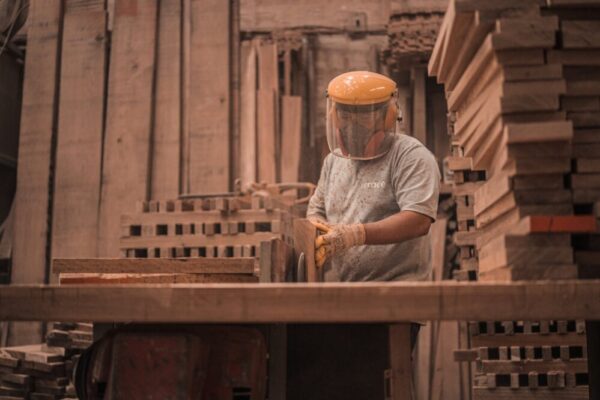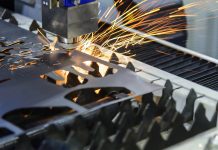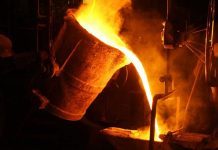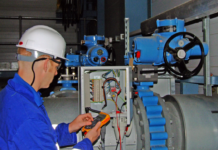Cutting equipment, both (manual, and mechanized) provide effective solutions for a wide range of construction and mining applications, which include and boring of ore passes and ventilation shafts, production settings without drilling and blasting, and rapid-entry roadway development. Moreover, there is an increasing demand for cutting equipment in various end-use industries, such as automotive and construction, owing to increasing trend of automation in production or manufacturing and shortage of skilled labor.
Automation reduces the overall cost of production or manufacturing. Thus, industries, such as energy, aerospace, and automotive, are focusing on deploying robotic cutting equipment in order to minimize the production time and to reduce the dependency on manpower, which in turn reduces the overall cost of production.
“The growing construction industry across the globe, increasing consumer spending, full capacity utilization by manufacturers, and increasing automobile sales have played a huge role in providing the necessary momentum to the of global cutting equipment market.
Rising need for automation in end-use industries, and demand for superior-quality products are also the key drivers for growth of the global cutting equipment market. The global cutting equipment market was valued at US$ 3162.6 million in 2018, and is expected to reach US$ 6793.8 million by 2027, exhibiting a CAGR of 8.91% over the forecast period 2019-2027”. For more insights visit (at) https://www.coherentmarketinsights.com/
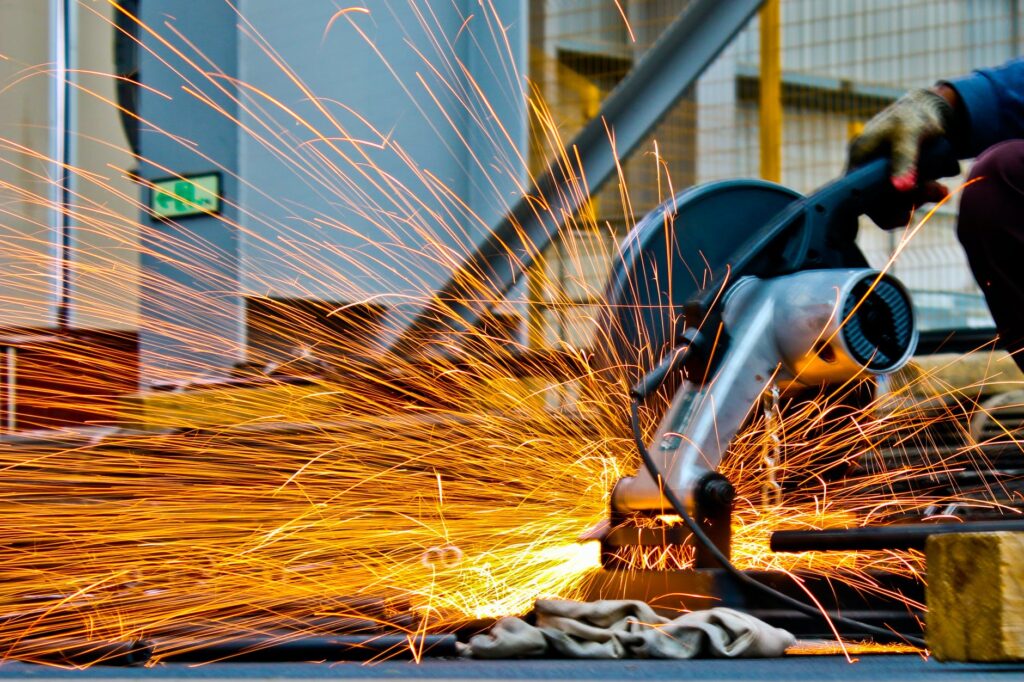
Cutting equipment is a crucial piece of any metal fabrication shop. There are a wide variety of metalworking machines available in the market and each one performs a particular type of job. For example, there are oxy-fuel metal cutting machines and water jet cutting machines. Oxy-fuel cutting equipment are used for cutting and polishing sheet metal while water jet cutting equipment are often used to cut and shape other types of materials.
Cutting equipment have many different uses/applications outside the metal industry as well. The art of cutting has evolved over centuries. As civilization grew, new techniques were developed to help advance the tools and materials used to do the cutting. With this evolution came the ability to use power and the cutting edge of various machines.
While earlier cutting tools were either manually operated or powered by hand, modern cutting equipment operate using electricity and lasers. As more industries evolved, the need for these tools has also increased.
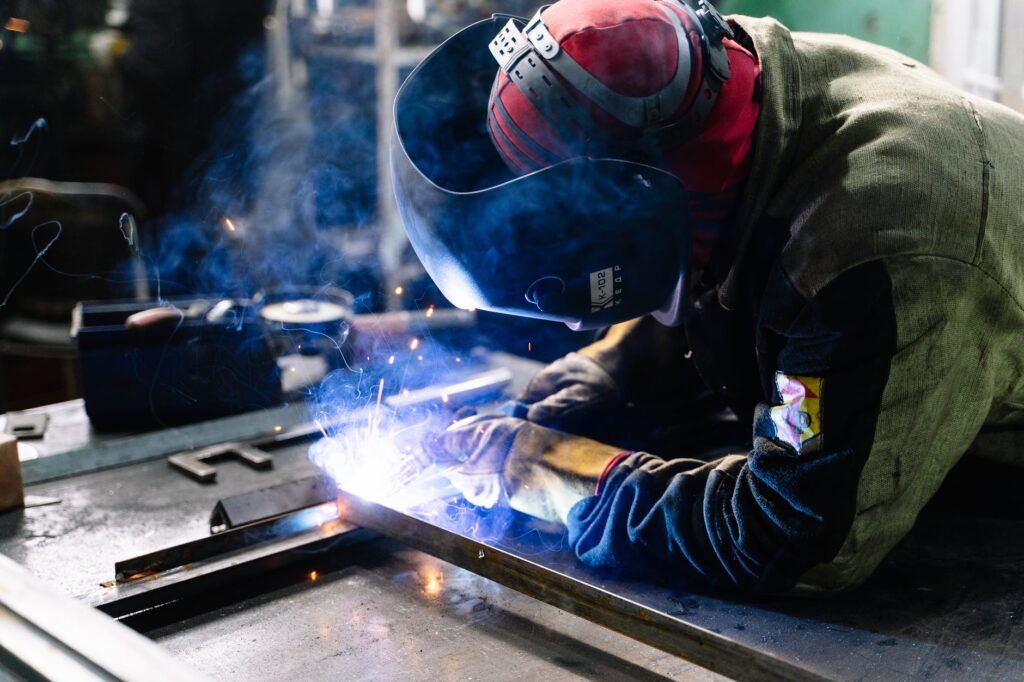
Plasma cutting equipment uses superheated, electrically ionized gas flowing through an electrode to etch, carve and, eventually, cut quality steel into desired shapes and cuts. One example of this process is found in plasma cut quality parts that are crafted by plasma cutters. In this process, an array of metal bars are placed in a quenched chamber and metal pins are placed inside the holes created by the bars. The metal passes through the holes to be cut at high speeds and ultimately to be etched away to create the part. This process is repeated until all the pins are removed leaving a smooth unblemished surface of the metal.
In contrast to the above process, the use of an arc cutting machine comes with less restrictions on shapes produced. Instead of being heated and bent by the plasma cutting electrode, the metal is pushed back on the anode, which in turn drives the anode up to the potential of the arc. Once it reaches the potential, a corona discharge takes place and metal is left with an arc of varying width and length to decide upon the shape. This allows the machine to accommodate a wide range of shapes.
Plasma cutters can also be programmed not only to leave a smooth, rounded edge, but also to leave an indented design in certain areas of the metal depending on the need. The plasma torch used in this process is charged electrically and charged to a specific depth to avoid any accidental short circuiting.
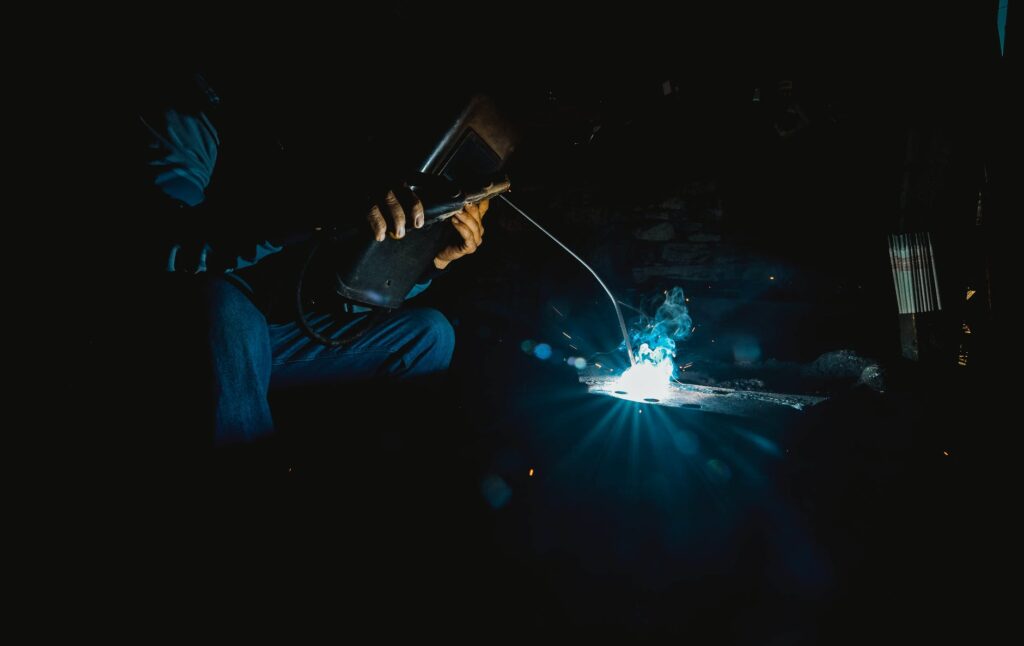
Cutting equipment is a category of tools used for various metal cutting processes; including gas flame cutting, electric cutters, gas torch, electrical, jig saw, angle grinder, and the diamond blade. The cutting blades are used to cut through metals of all kinds such as iron, aluminum, steel, bronze, titanium, copper, zinc and nickel. Diamond blade and high heat torch cuts are the two types of diamond blades commonly used. The gas torch is one of the most important cutting equipment employed in welding process.
In this process, an arc is created between an electrode and the workpiece being worked on. The workpiece and the electrode are placed in a chamber with a slight difference in pressure that causes the electrode to become an arc. A cutting tool is used to create the arc, which is a direct contact between the workpiece and the electrode.
In the field of metal machining, a cutting tool is typically a hard, hardened steel tool which is used to cut, form, and eliminate material out of a workpiece by using mechanical shears, abrasive tools, and other mechanical tools. Most of these tools were designed exclusively for metals alone.
However, in more recent years, other non-metal materials such as plastics have also been machined with the assistance of cutting tools which use an electro-mechanical action to cut out materials. An abrasive cutting tool includes a series of rotating cutting edges along with a grinding wheel. Because the edges do not need to be completely smooth to avoid scoring the work piece, this type of tool can perform the same operation that a chisel does on wood.
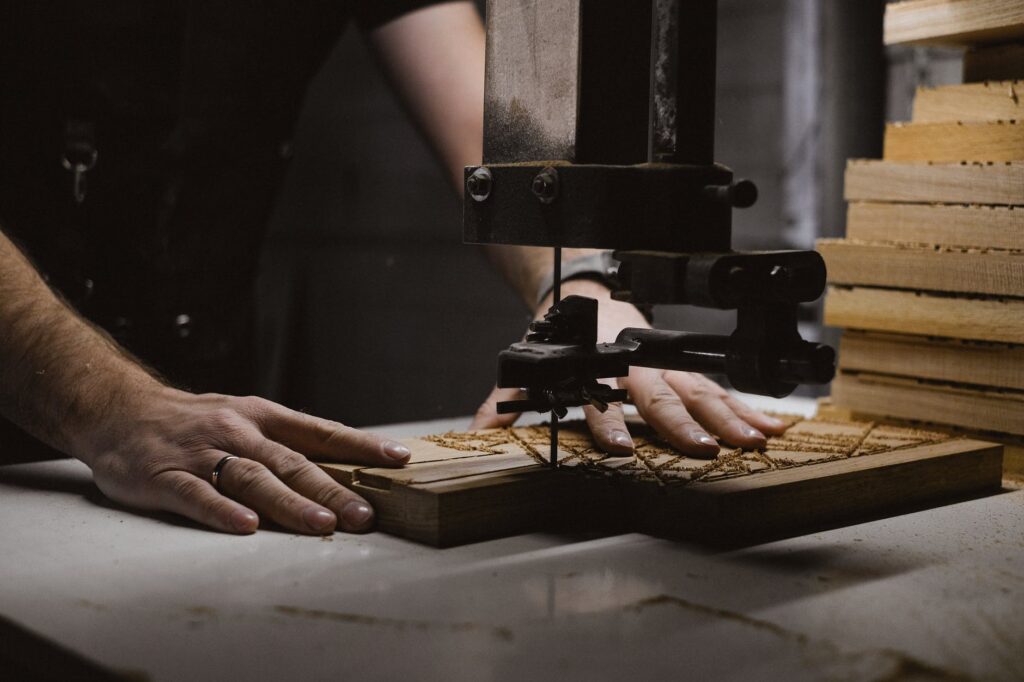
Some of the most common types of materials which are worked with using cutting tools include alloys, steel, wood, plastic, fiberglass, composites, ceramic, and more. A cutting tool is usually designed to perform the following functions: hardening or tempering of metal; piercing of metal; shaping or folding sheet metal; cutting profiles; and numerous others. It is commonly used in manufacturing applications to perform several types of metal operations.
Moreover, it is often coupled with other machineries to speed up production or to allow more material to be produced. A die cutting machine is a machine designed to cut materials, such as paper, fabric, or metal to a specific shape. While industrial and commercial cutting equipment or tools exist in manufacturing, smaller more personal machines are also widely popular among crafters.
In short, cutting equipment is a wedge shaped and sharp edged device used to remove excess layer of the material to obtain desired shape, size, and accuracy. The cutting equipment offers effective solutions for a wide range of mining and construction applications. Moreover, in the recent past, the demand for cutting equipment has increased worldwide due to the introduction of automation in production or manufacturing or increasing automation across various end-use industries, such as automotive, construction, general metal fabrication, due to various factors such as shortage of skilled labor, precision of cutting products, and less operation time, which in turn reduces the overall cost of the production.

